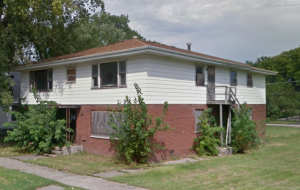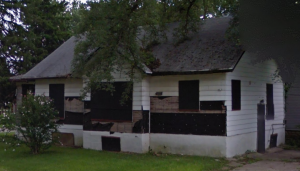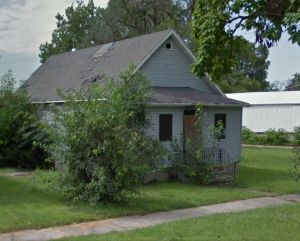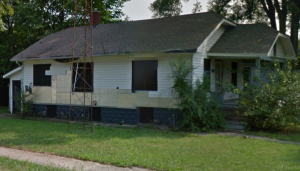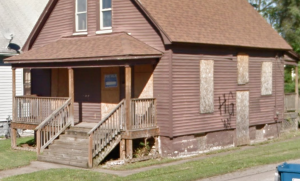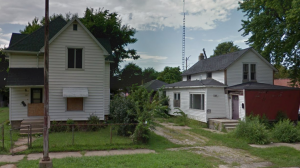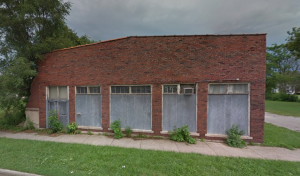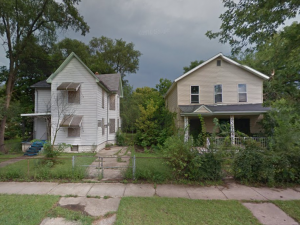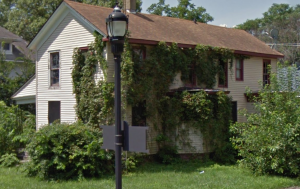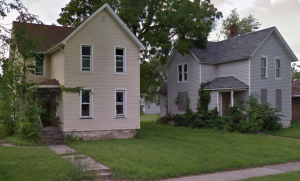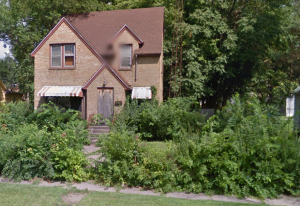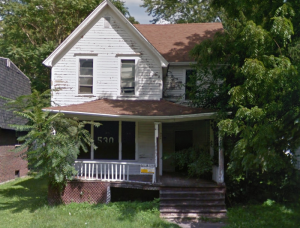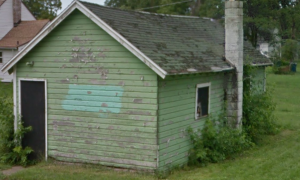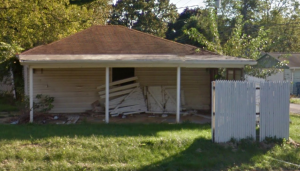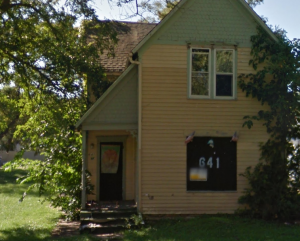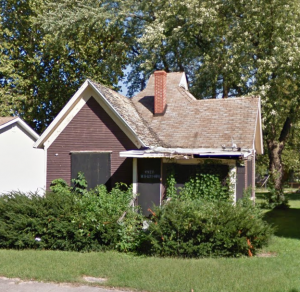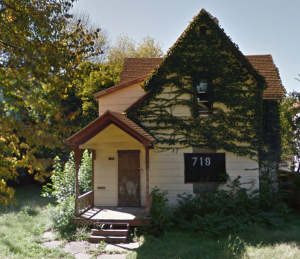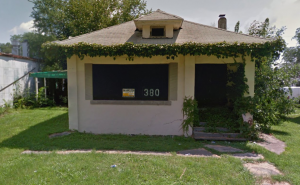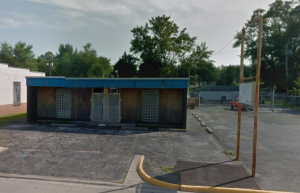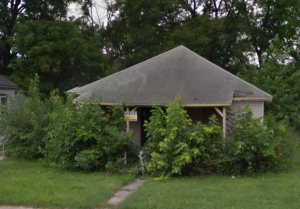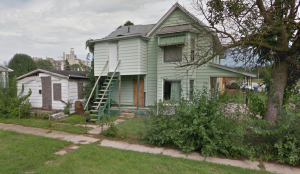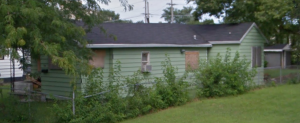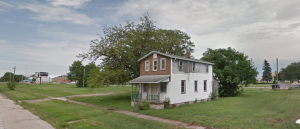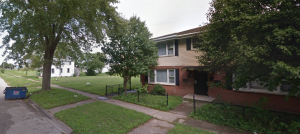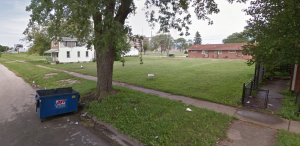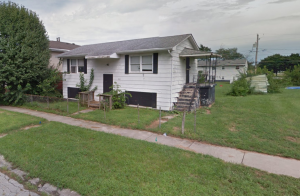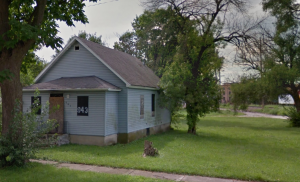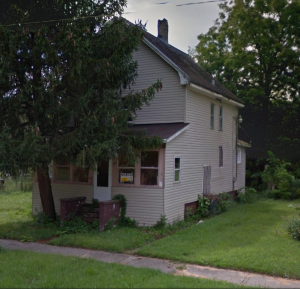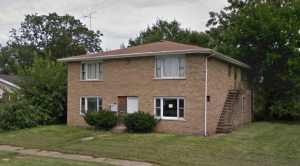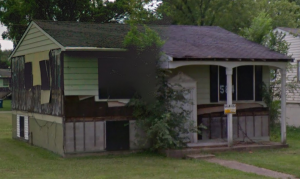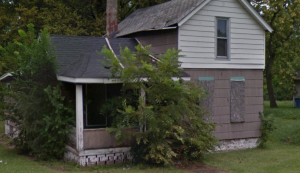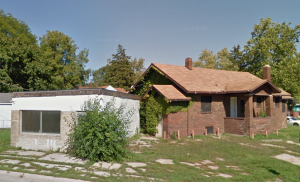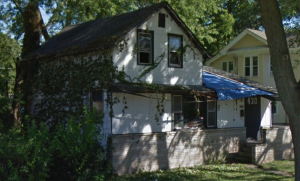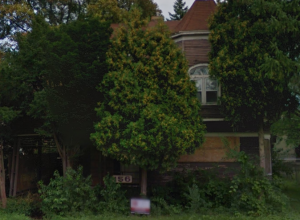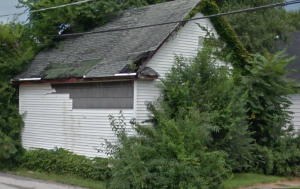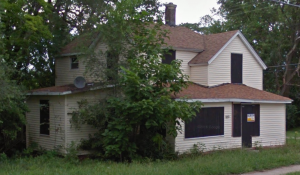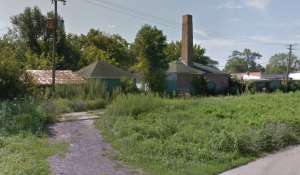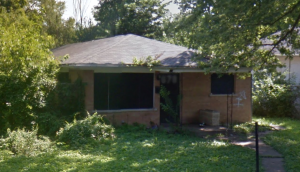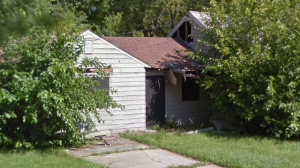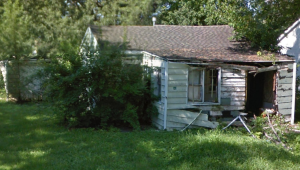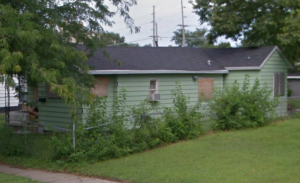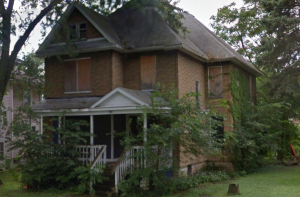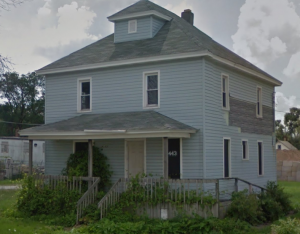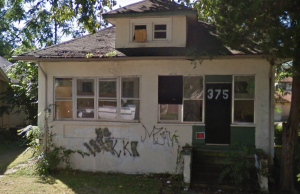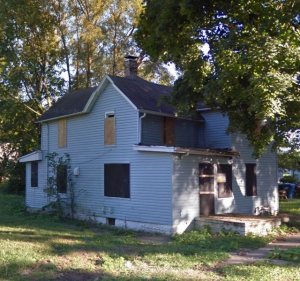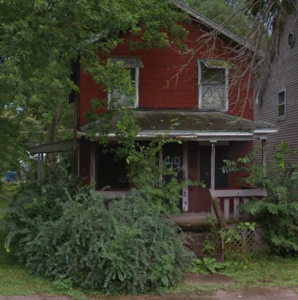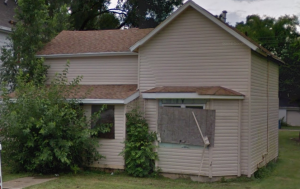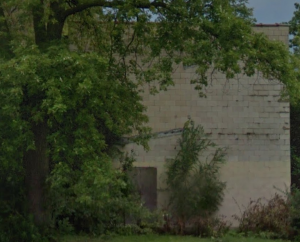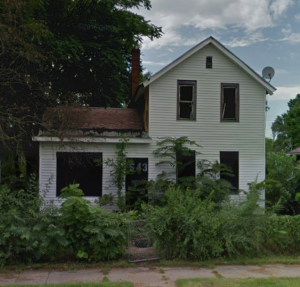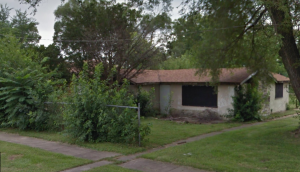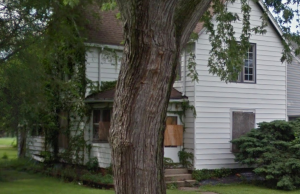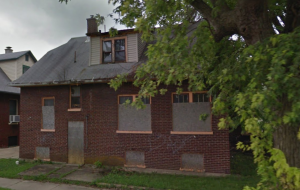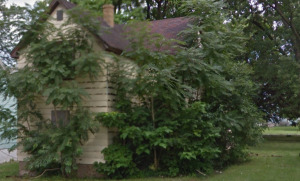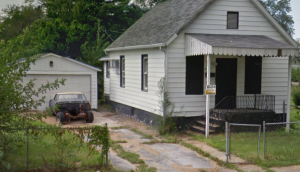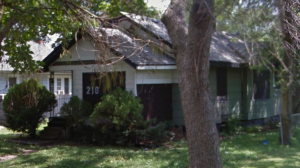| Settled by | Provide info | |
|---|---|---|
| Year infiltrated | 1985 | |
| Crime impact | Part | |
| Worst areas | The meanest and most dangerous part of Kankakee is: Brookmont Boulevard on the north, Court Street on the south, Hobbie Avenue on the east, the railroad tracks by East Avenue on the west. Another rough section of town is: Court Street on the north, Kankakee River on the south, Interstate 57 on the east, Kankakee River on the west |
|
| Suburban projects | None |
Kankakee is not within the normal radius for the Chicago metropolitan area, but is still a fairly quick shot down the Interstate 57 expressway, and the suburb sits about 60 miles away from Chicago, making the easy commute ideal for gang members to run drugs and weapons back and forth. According to some official reports, Kankakee is a part of the Chicago metropolitan area but on some others Kankakee is not included, but I found a little more than half consider this suburb and the entire county a part of the Chicago metropolitan area which is why I am doing a piece on this suburb despite the lack of resources on gang activity here.
Kankakee started out as a major Pottawatomi Indian settlement going as far back as at least the 18th century until the year 1832 when the Treaty of Camp Tippecanoe was signed by the natives as they ceded the land to the United States government, and within a year or less the first white settler built a cabin in the area, and that is all that was in the area until 1853 when railroad tracks for the Illinois Central Railroad were laid through the area and the railroad company demanded a town be built up around the tracks and this brought about the creation for plans to build the city of Kankakee which began construction in 1854, then incorporation happened in 1865.
The lumber trade, fur trade and farming industry became a major part of the early economy of Kankakee. By the later decades of the 19th century several homes and businesses were built up in the suburb as the community thrived very well. The farming industry boomed well into the 20th century and especially took off after World War I and the town continued to grow in population, but the real economic growth happened after World War II.
After World War II, Kankakee was looked at by large corporations as an ideal city to set up their industrial base due to the fact that local farmers were disciplined and ready to work flexibly with larger companies and they had good product to offer. Large corporations also saw the potential of the residents in the community to be valuable assets to the work force due to their knowledge of the farming industry. In the year 1946, A.O. Smith, a large water heater distributor, opened up a large facility in Kankakee which brought hundreds of jobs to Kankakee. There was also the Kroehler Furniture plant in nearby Bradly Illinois that employed hundreds more employees from Bradly and Kankakee that opened in the 1930s. The Roper Corporation was also a major employer in Kankakee since 1895.
The 1950s, 1960s and 1970s were prosperous times in Kankakee as the three main businesses were thriving heavily and feeding into other smaller businesses. By 1978, many Chicago industries were beginning to lay off employees and closing down manufacturing plants but by the end of 1978 Kankakee was going strong and residents felt their future was secured; however, they had no idea that the local industries were about to face major hardships.
Our great nation sunk into an economic recession in the year 1980 as many manufacturing jobs disappeared as plants were laying workers off, cutting wages and closing entire plants. Competition was fierce and many jobs were sent to other parts of the country or worse, the jobs were sent overseas in order to save on labor costs. These issues swept Kankakee badly in the early 1980s beginning in 1981 when Roper Corporation announced they would temporarily lay off employees, that temporary layoff became permanent by 1982 as the plant closed its doors devastating Bradly and Kankakee as about 500 workers lost their jobs. In the meantime A.O. Smith was losing money fast by 1981 and was on the verge of collapse as well, and after the city of Kankakee hiked up taxes, it sunk A.O. Smith and they closed their facility in 1982 which cost hundreds of jobs for Kankakee residents, soon after Kroehler Furniture closed down the Bradly facility in 1982 as well.
This loss of the local industry was incredibly devastating on the local economy of Kankakee as many families were left out of work and poor. These families sought handouts from the Salvation Army and took up lower paying grocery store jobs to try and make it hoping this was all temporary. Many families began leaving the community in seek of employment elsewhere, as they left, their property values had plummeted and this made Kankakee ideal for impoverished African American and Latino residents from Chicago to move into these cheaper dwellings in the central part of town. Many of these new families were unemployed either because of a disability or because they were seeking work in a new area, and since Kankakee offered dirt cheap housing many low income and no income families moved into the older section of town in the north-central region where the old General Mills and A.O. Smith factories were now abandoned. This area is where those workers used to live as it was the closest they could get to their employment but now that the factories were shuttered, they had left the area and even more impoverished families took their place.
According to police Chief Tim Nugent in a 1991 interview with the Chicago Tribune, Nugent claimed Chicago based street gang activity first appeared in the suburb in the year 1985 (Chicago Tribune Ronald Koziol, November 22, 1991). I do not have much more info than that or even which gangs showed up first but I am pretty sure the Conservative Vice Lords and Gangster Disciples were some of the first and maybe Latin Kings.
The central northern area of the suburb became ideal gangland due to the fact that the area began to heavily deteriorate and several boarded up vacant homes lined the streets by the 1980s and more so by the 1990s. Drug trafficking became ideal for gang members as they were able to move drugs up and down Interstate 57.
In April of 1991, The ATF enacted Operation Triggerlock that brought 63 west side of Chicago gang members down in massive raids, a drug dealing link was then discovered to the suburb of Kankakee and Operation Triggerlock took down 16 gang members in the suburb after several doors were kicked in. Kankakee police stated that by 1991 there were 50-60 gang members in that suburb (Chicago Tribune Ronald Koziol, November 22, 1991).
By 1993, gang disputes were escalating by the summer. A woman was shot and grazed by a bullet then a little while later three Chicago gang members were all shot from behind as at least four shooters jumped out on them and shot them dead, the triple homicide was enough to reach Chicago news (Chicago Tribune Peter Baniak, July 10, 1993). The shooting happened in the troubled section of town on Willow Street which is known to have heavy gang activity and vacant properties.
In September 1993, a legendary event occurred in the mostly quite city as the city’s largest gang the Gangster Disciples chose Kankakee as the spot to hold their Illinois Family Day Voters Picnic which drew in 10,000 attendees from all over the country, most in attendance were members of the Gangster Disciples or were very close with members of the gang. This was not to be considered a gang rally or a major meeting; instead it was to celebrate 21st Century V.O.T.E which was a political group within the Gangster Disciples that sought to obtain votes for Gangster Disciple members that became active in politics or votes for politicians the Gangster Disciples favored. The picnic offered free food, music and a drama free environment. The city of Kankakee could not stop the event because it took place in the cornfields on privately owned land. The event was meant to encourage youths to be politically active and both the Gangster Disciples and 21st Century V.O.T.E denied it was meant to promote any Gangster Disciple gang activity. The event was peaceful and many men and women were seen wearing Gangster Disciples symbols and clothing, there were even banners with Gangster Disciple symbols. The biggest treat for attendees was hearing Larry Hoover speak over a loud speaker from Vienna prison urging his followers to keep peace and make better of themselves (Chicago tribune George Papajohn, September 12, 1993). The picnic showed the strength of the Gangster Disciples and many youths living in Kankakee now wanted to join the GDs, so one effect of the picnic was spiked Gangster Disciple recruitment in the suburb.
On November 7, 1995, the suburb of Kankakee made the news again for gang violence when two college students from the suburb of North Chicago were found shot dead execution style in an alley on Greenwood Street which is within the troubled central-northern section of town. On that evening these two college students knew some gang members in Kankakee. An individual known as Nicholas “Malik EL” Tang, a Black P Stone gang member planned on robbing the two students for their Marijuana and enlisted Fred Koger a member of the Gangster Disciples and Grant Smith another Black P Stone gang member to help rob them as long as Malik EL would agree no one would be killed. When the three men saw the students they pointed guns at them and ordered them out of their vehicle and to lay face down. Grant Smith searched their car while the other two kept their guns pointed at the two students, shortly thereafter, Tang suddenly shot the two men in the back of the head without warning then they all ran off. Later on the other two asked Tang why he shot them and Tang told them he had a personal reason for doing it (People vs. Koger, 1997). This murder is an example of the shocking crimes that have occurred in this rural city since the 1980s.
The central-northern section of Kankakee continues to be a troubled area of Kankakee with an extremely high crime rate. Many residents know you stay away from then area around Hobbie Avenue because that is the most dangerous side of town where murders happen every year along with several drive by shootings and other violent crimes. Because of this section of town, Kankakee has a very high murder rate and crime rate that is well above the national average, the rest of Kankakee is a fairly safe community and has many working class and higher income classes.
Over time, Kankakee has experienced the presence of the following gangs: Gangster Disciples, Conservative Vice Lords, Latin Kings, Black P Stones, Mickey Cobras, Satan Disciples, Harrison Gents, Latin Jivers and Latin Lovers.
All images below are photos of vacant properties. All photos below are courtesy of Google Maps.
